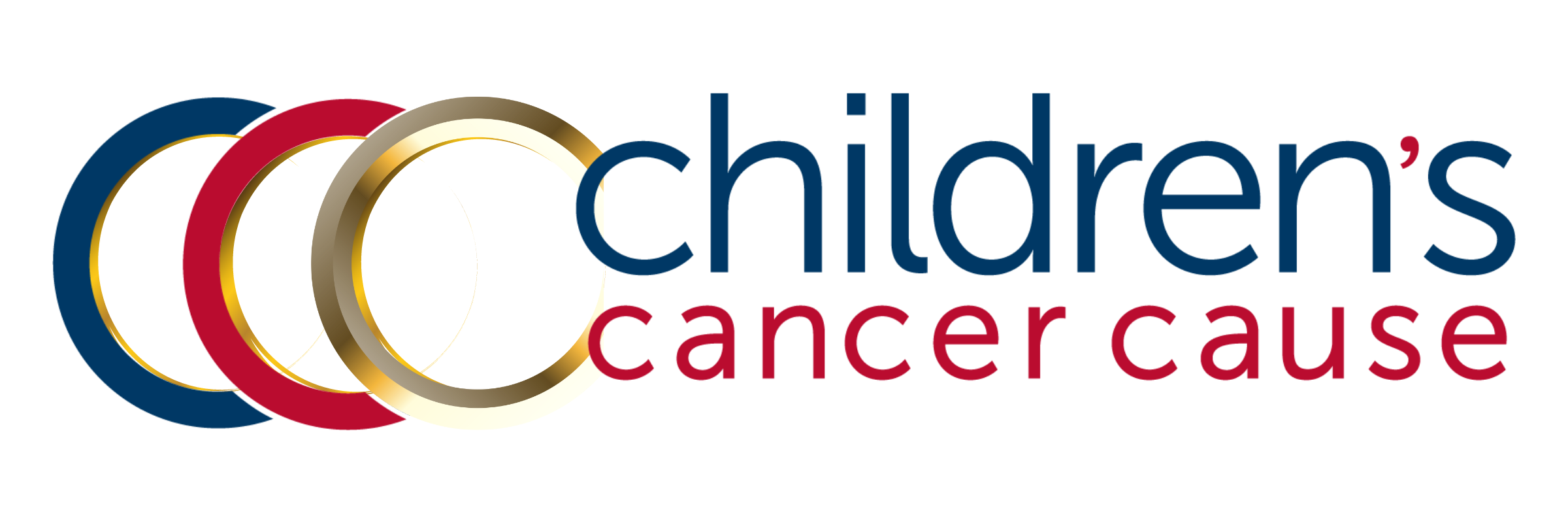Statement on the Importance of NCI Funding for Childhood Cancer Research
Children’s Cancer Cause, February 19, 2025
Federal investment in childhood and adolescent cancer research is critical to discovering new insights about the causes of cancer, finding new and more effective treatments, and determining their long-term impact on the quality of life. It is vital to ensuring that children diagnosed today can live long, productive lives free of cancer and the disabling late effects of the therapies that keep them alive. Continued, uninterrupted investment by the federal government in biomedical research is essential to the lives and well-being of children and adolescents with cancer and must remain a priority of the nation’s healthcare agenda.
Children and adolescents with some cancers, such as certain leukemias and lymphomas, now have five-year survival rates of over 85% compared to 58% in 1970. This increase is a direct consequence of deliberate cooperation among pediatric oncologists, hospitals, and academic institutions to enroll children jointly on research studies of new therapies. Research enabling these lifesaving results comes predominantly from funding through the National Institutes of Health (NIH) and the National Cancer Institute (NCI).
While these survival rates are encouraging, they do not apply uniformly to all childhood cancers. Childhood cancers consist of over 200 different diseases that differ by body location, age of the child, and genomic differences within types of disease. Malignancies such as brain tumors, neuroblastomas, and sarcomas continue to have unacceptably poor survival rates, some with less than a year from diagnosis. Children with these and other cancers are in dire need of modern therapies that are developed through NCI-funded cooperative groups of hospitals and academic institutions like the Children’s Oncology Group (COG), the Pediatric Brain Tumor Consortium, and the Pediatric Early Phase Clinical Trials Network. Nearly 90% of U.S. children and adolescents with cancer are treated at one of COG’s more than 200 member institutions.
The survival rate of childhood cancer further masks the reality of the impact of the disease on a developing child. Chemotherapies developed in the 1950s and 60s remain the first line treatment for many childhood cancers. Chronic, life-long, and life-threatening health and psychosocial impairments are among the late effects induced by these treatments. Chemotherapy remains the standard of care on which the therapeutic impact of modern, targeted immunotherapies is evaluated. There are over 500,000 childhood cancer survivors in the U.S., and many of them are suffering from late effects such as heart disease, endocrine dysfunction, hearing loss, and second cancers, all of which have been documented by the NCI-funded Childhood Cancer Survivor Study. Research now needs to be conducted to determine the extent of the developmental and long-term adverse effects of novel targeted treatments (e.g. immunotherapies) on children.
Testing new therapies for childhood cancers is expensive and takes years to complete. A deeper scientific understanding of the genetic causes of pediatric cancers is essential to make precision therapy a reality for children. Childhood cancers are rare diseases, and clinical research is not economically valuable for biopharmaceutical investment. Therefore, the discovery and promise of newer therapies with fewer harmful side effects absolutely depend on an ongoing research investment by the NIH and NCI.
